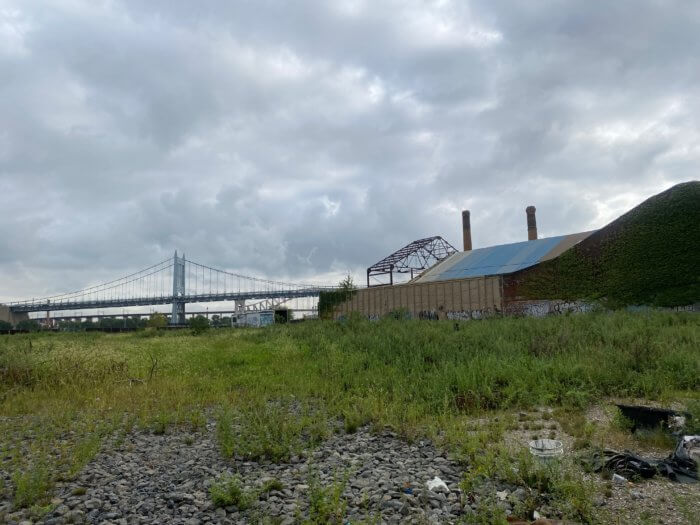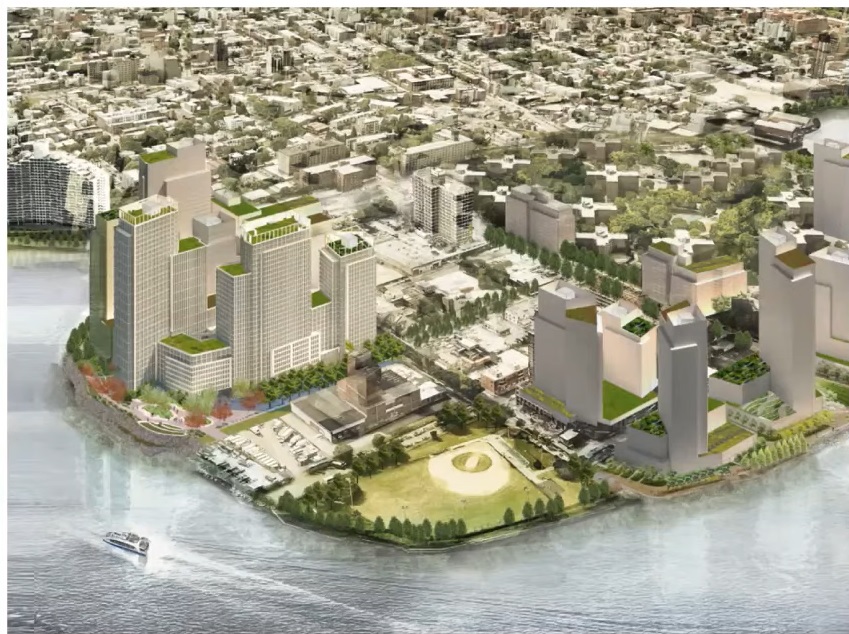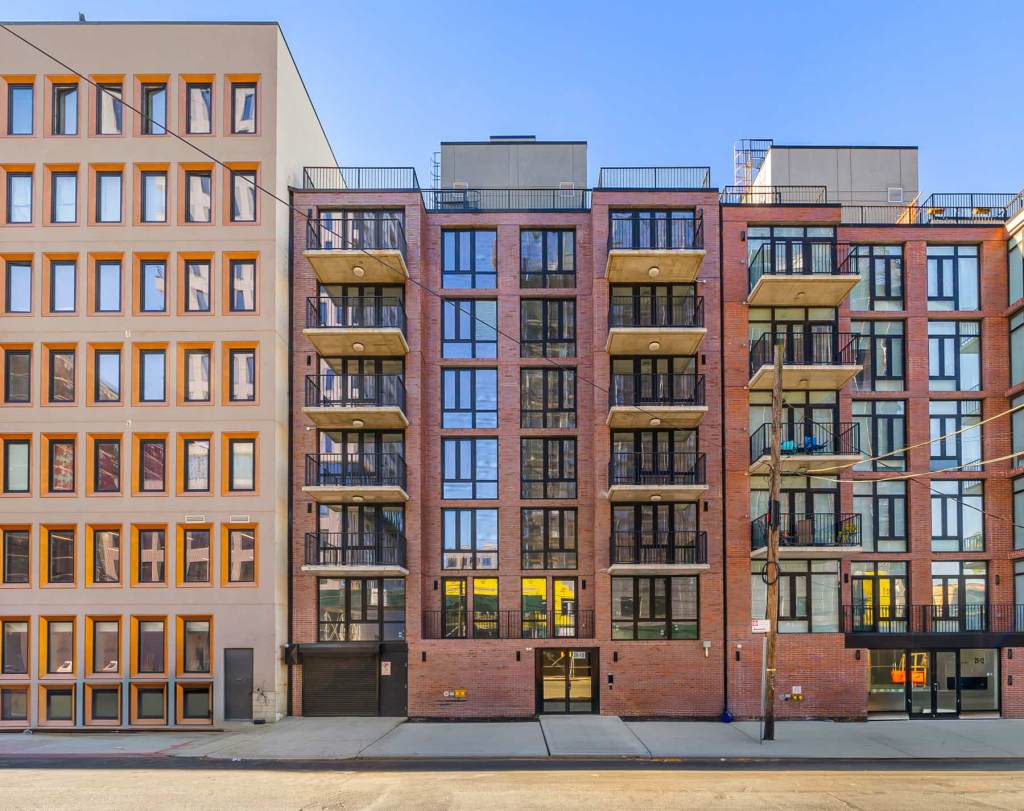Councilwoman Tiffany Cabán on Sept. 13 announced she’ll be voting to approve a rezoning application that allows for the construction of Hallets North, a three-tower residential development located on a 3.8-acre industrial site at 3-15 26th Ave. in Astoria.
The plan, developed by Astoria Owners LLC, will bring 1,340 apartments to the Hallets Point peninsula. The area of the peninsula is a construction zone, with countless new luxury apartment buildings currently being developed.
The project was previously voted on by the City Planning Commission, which approved the development in July. Now, as one of the final steps in the Uniform Land Use Review Procedure (ULURP) process, the City Council will vote on this issue today, with Cabán revealing she will vote in favor.
“[The lot] contributes nothing to the community. It also prevents our neighbors from accessing the waterfront, [and] it sends a message to the residents of Astoria Houses at the next block over that they’re unworthy of a safe, comfortable neighborhood,” Cabán said.
Astoria Owners LLC began a $16 million cleanup effort in 2016, which included the excavation of 8,000 cubic yards of contaminated soil; the removal of PCBs, pesticides and other hazardous material; and the demolition of deteriorated structures, subgrade utilities and a concrete bunker.
The project is expected to generate more than 500 jobs. The team is also working with the community nonprofit Urban Upbound to develop support for the neighborhood’s small businesses and entrepreneurs as well as job training and placement.
Cabán revealed that she had previously been worried about the lack of affordable housing this new development would include, as the application only met the minimum requirement per the city’s Mandatory Inclusionary Housing (MIH) text.
According to Cabán, developers compromised, now agreeing to bring deep affordability that exceeds the MIH requirements, with 20% of the total residential area designated to households earning an average of 40% Area Median Income (AMI) (approximately $31,000 per year for a family of three).

“In the last 10 years, Community Board 1 produced fewer than 500 units below 50% AMI, and this project alone will have 260 [units],” Cabán said. “I think it would be very very foolish not to vote on it.”
Though Cabán justified her vote as a smart decision for the community, she wants options to bring 100% affordable housing in the future.
“Even though I know it’s the right choice for today, I want better choices for tomorrow,” Cabán said. “For-profit development will never produce the scale or quality of housing that our lowest-income neighbors need and deserve. We shouldn’t have to offer rewards to billionaire developers to build affordable housing; instead, we should be able to develop it ourselves.”
Cabán said that for as long as our housing system is geared toward maximizing profits, “the rich will live wherever they want, and everyone else will live wherever they can.”
Other community leaders from Astoria Houses and local nonprofits came to speak in support of Cabán’s vote and this development. John Tritt, the deputy political director at 32BJ, a workers union, said this project will create good jobs for the city.
“This project is going to create prevailing wage building service jobs that will provide a living, family-sustaining wage, with healthcare and good benefits for those that work here,” Tritt said.
Zone 126 Executive Director Anju Rupchandani said that as her organization looks to support children and families of Astoria and Long Island City, she feels this development will bring dignified living for the community.
“I’m really grateful to the council member for all of her work around affordable housing,” Rupchandani said. “We’re going to be able to build supportive housing for children and families.”




































